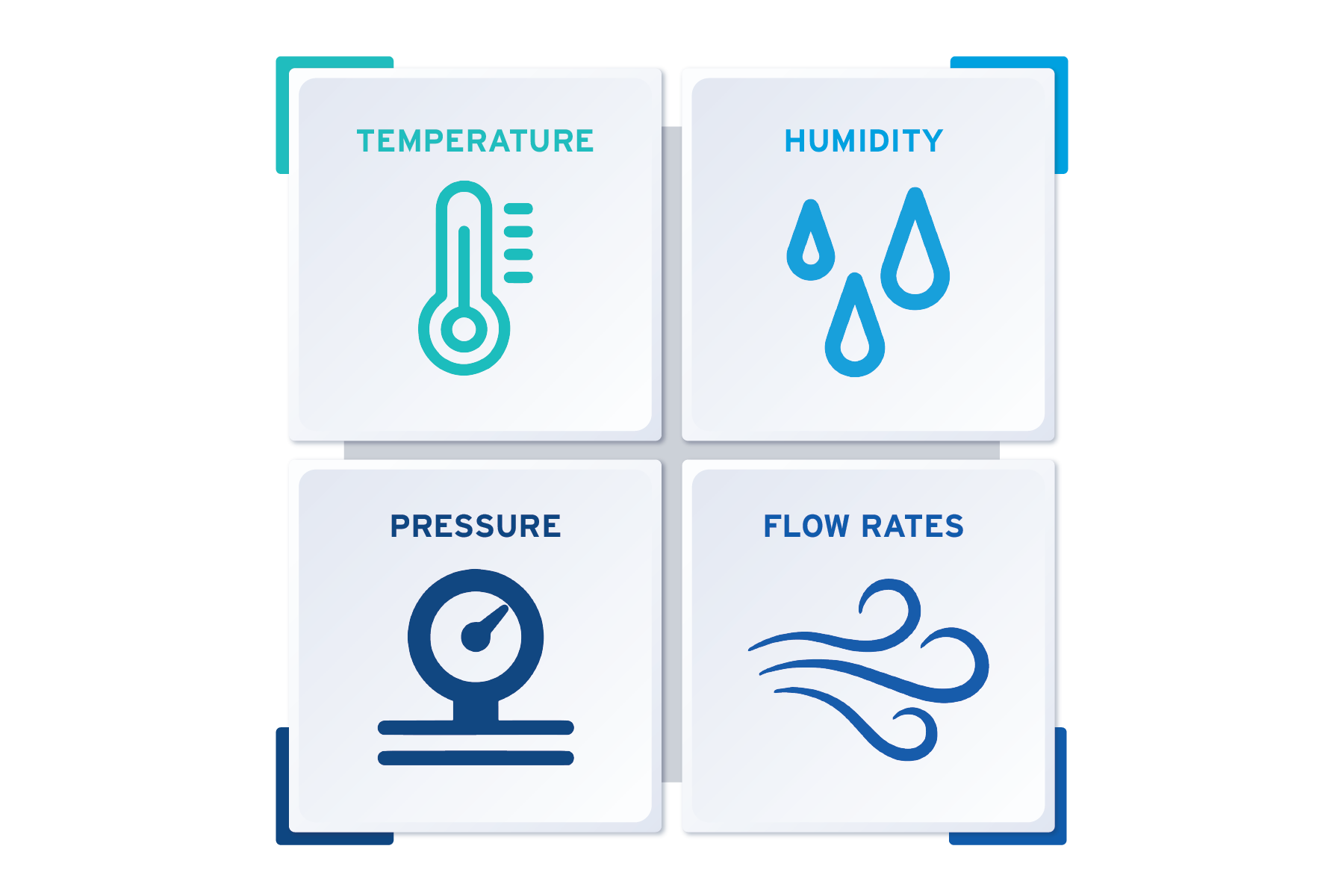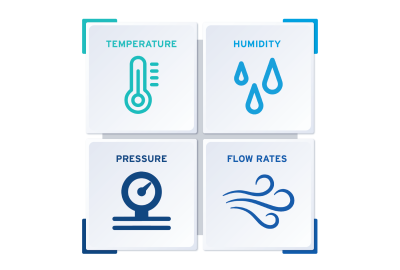Fuel cells have emerged as a promising alternative energy source due to their high efficiency and eco-friendliness. These devices convert chemical energy from hydrogen and oxygen directly into electricity, producing no harmful emissions in the process. However, to ensure the reliable and efficient operation of fuel cells, it is essential to focus on four critical areas: temperature control, humidity control, pressure control, and flow rates. 
In this blog post, we will delve into each of these areas and explore their significance in optimizing fuel cell performance.
1. Temperature Control:
Temperature control can be one of the most crucial aspects for safe and effective fuel cell operation. Fuel cells, such as PEM, operate best within a specific temperature range, typically around 60 to 80 degrees Celsius (140 to 176 degrees Fahrenheit). Maintaining this temperature range is essential to achieve efficient electrochemical reactions within the cell. Too high or too low temperatures can lead to performance degradation, decreased efficiency, and even irreversible damage to the fuel cell components.
To manage the temperature, fuel cells employ various temperature control methodologies. Heat exchangers, cooling plates, and thermal management systems are commonly used to maintain optimal operating temperatures. Advanced temperature control techniques, such as co-flow and counter-flow configurations, are also researched to enhance performance and prolong the lifespan of fuel cells.
2. Humidity Control:
Humidity control can be another critical factor influencing fuel cell performance and lifetime. In proton exchange membrane fuel cells (PEMFCs), for instance, membranes need to stay adequately hydrated for protons to transfer efficiently between the electrodes. There is a direct correlation between air temperature and the amount of water vapor the air can hold. High temperatures can lead to the air becoming too dry, but temperatures below the Dew Point can lead to unwanted condensation. Flooding of the stack can reduce stack lifetime.
Water management strategies, such as using humidifiers or recirculating water, help control humidity levels within the fuel cell and prevent issues like membrane drying or flooding.
3. Pressure Control:
Fuel cell performance is also sensitive to the pressure of the reactant gases, usually hydrogen and oxygen or air. Maintaining the correct pressure is essential for achieving optimal performance, particularly where transient electrical loads occur. Insufficient pressure can lead to inadequate reactant supply, limiting the fuel cell's power output. On the other hand, excessive differential pressures, across the very thin membrane, can cause damage leading to reduced performance or failure.
Pressure control through the compressor, valves and regulators are utilized to maintain suitable pressure levels within the fuel cell. Advanced pressure management techniques, such as utilizing multiple stages or optimizing pressure gradients, are under investigation to improve overall performance and reduce energy consumption.
4. Flow Rates:
The flow rates of reactant gases and products within the fuel cell significantly impact its performance. Efficient and uniform distribution of gases across the electrode surfaces ensures maximum utilization of the catalyst and minimizes the potential for reactant starvation or flooding.
Optimizing flow rates involves designing appropriate flow channels and using flow distributors to ensure an even distribution of reactant gases. Computational fluid dynamics (CFD) simulations are employed to model and analyze the gas flow patterns, aiding in the development of efficient and high-performance fuel cell designs.
In conclusion, the four critical areas of temperature control, humidity control, pressure control, and flow rates play a pivotal role in enhancing fuel cell performance. Addressing these factors effectively is vital for achieving high efficiency, reliability, and longevity in fuel cell systems. As research and technological advancements continue to progress, fuel cells hold the potential to revolutionize the energy landscape, offering a clean and sustainable alternative to conventional power sources. By prioritizing these critical areas, we move one step closer to realizing the widespread commercial viability and adoption of fuel cell technology.
At AMOT, we are committed to optimizing fuel cell performance and safety. Our extensive research and development initiatives allow us to provide tailored temperature control, air shut-off valve, and fuel gas control solutions to suit your specific application needs.
Connect with our hydrogen experts today and unleash the true potential of clean energy with AMOT's advanced solutions.
Learn more about our hydrogen offerings at www.amot.com/hydrogen










